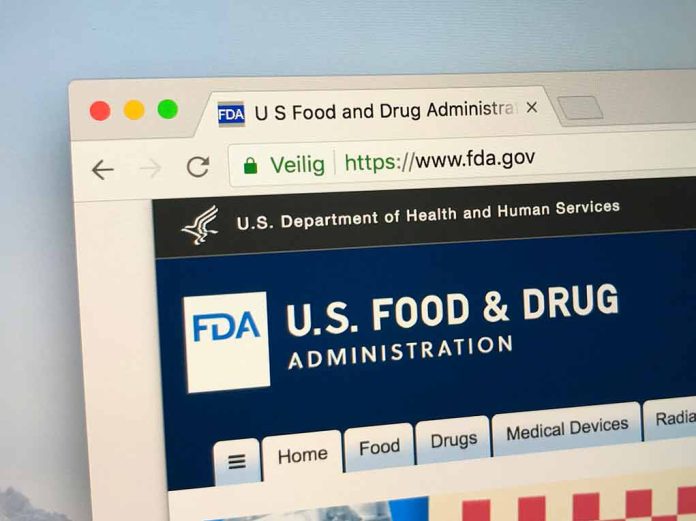
The FDA’s new guidance on lead presence in baby food addresses a major public health concern but leaves room for ongoing debate.
At a Glance
- The FDA introduced guidance to reduce lead in some baby foods, targeting key processed products.
- Lead exposure in children can cause severe health issues with no safe level of exposure.
- New guidance could potentially cut lead exposure by 20% to 30%.
- Despite the guidance being voluntary, the FDA can take enforcement measures if limits are exceeded.
New FDA Guidelines on Lead in Baby Food
The U.S. Food and Drug Administration (FDA) has released new voluntary guidance to limit toxic lead levels in some baby foods, particularly targeting processed items like jarred fruits and vegetables, yogurts, and dry cereals. This action is part of the Closer to Zero initiative, a comprehensive plan aiming to decrease exposure to environmental contaminants while ensuring access to nutritious foods.
Lead exposure in children poses significant health risks, including developmental delays, damage to the nervous system, and potential for impaired growth. The Centers for Disease Control and Prevention (CDC) acknowledge there is no safe level of lead exposure in children. The FDA’s recommendations could reduce exposure by up to 30%, but some critics argue the measures may not suffice given the high stakes involved.
Target Levels and Coverage
The guidance sets a maximum lead level of 10 parts per billion (ppb) for most baby foods and 20 ppb for root vegetables and dry cereals. These levels apply to processed baby foods sold in multiple forms including jars, pouches, tubs, and boxes. These new limits, however, do not encompass all baby food products. Grain-based snacks, for instance, remain unregulated under the current guidelines.
“FDA’s actions today are a step forward and will help protect children,” noted Center for Science in the Public Interest scientist Thomas Galligan, addressing the new standards. However, Galligan also criticized the delay in the FDA’s response and highlighted neglected public input that could have fortified these guidelines.
Meanwhile, Brian Ronholm, food policy director for Consumer Reports, called the guidance “virtually meaningless because [it’s] based more on industry feasibility and not on what would best protect public health.”
Lead levels in processed baby foods made from fruits and vegetables should be no higher than 10 parts per billion, according to a final guidance published by the FDA. https://t.co/UEwOnFUlaN
— Bloomberg Law (@BLaw) January 7, 2025
Further Concerns and Measures
Lead in foods typically enters the food supply through environmental sources and past industrial practices. The FDA collaborates internationally to establish standards aimed at diminishing lead presence while prioritizing nutritional quality. The agency takes regulatory action against products exceeding lead limits. Consumer advocates welcome the guidelines but warn that more comprehensive measures are needed to tackle the issue effectively.
Looking ahead, the guidelines mark a pivotal moment in public health nutrition but raise questions about enforcement and efficacy. Continuing efforts to manage lead and other contaminants remain crucial to safeguard children’s health and development.
Sources
- FDA Sets New Levels for Toxic Lead in Baby Food
- Lead in Food and Foodwares
- FDA Limits Toxic Lead in Some Baby Foods













